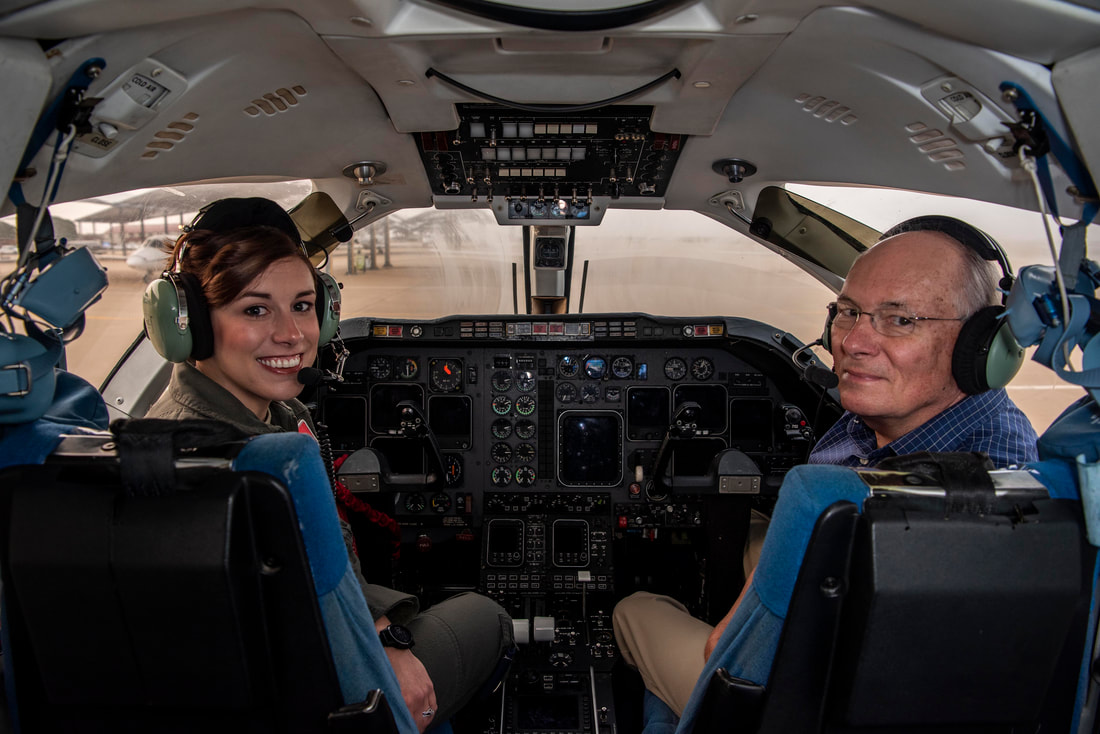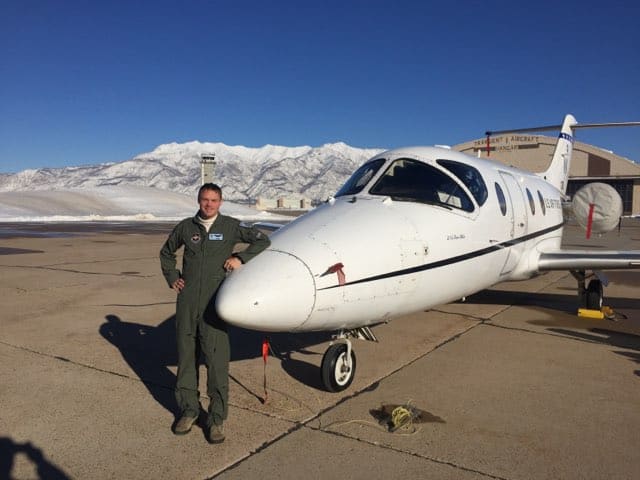|
The 2024 compromise defense bill won’t let the Air Force retire its T-1A Jayhawk trainers until the service’s new pilot training system is up and running and the Secretary of the Air Force certifies that retiring the jet won’t slow the pace of producing new pilots. The bill also might allow the Air Force to accept some T-7A advanced trainers built before a contract for them is actually in place. The 2024 National Defense Authorization Bill prohibits Air Force Secretary Frank Kendall from retiring any of the service’s aging T-1A Jayhawks until he certifies the “full, fleet-wide implementation” of the new Undergraduate Pilot Training curriculum, previously called UPT 2.5. Kendall also has to send Congress a written assessment of how the UPT curriculum will affect the completion rates of new pilot trainees, and whether the retirements affect the speed at which they complete their training. The Air Force had asked to retire 52 T-1As in the fiscal 2024 defense budget request. The jets have been used since the 1990s to train pilots on the tanker/transport track, but under the new UPT curriculum, the live-fly T-1 curriculum would be phased out in favor of all-simulator training. The service has said that the new UPT scheme will be more individualized and allow pilots to progress more at their own pace, thus reducing the number of washouts and working to erase the Air Force’s chronic pilot shortage, which has wavered between 1,500 and 2,000 pilots for a decade. Even before the 2024 defense bill got to Congress, some Republican members were lobbying the service to upgrade and retain the jets, which are at or beyond their planned service lives. In a February letter from some members of the Mississippi delegation—Sens. Roger Wicker and Cindy Hyde-Smith, as well as Reps. Michael Guest and Trent Kelly—the lawmakers voiced concern that if there’s a delay with shifting to high-fidelity simulation at the necessary scale, “the Air Force will lose any ability to effectively train pilots” in an aircraft comparable to what they’ll fly after graduation. Given “recent media reports of further delays in the T-7A program, the T-1A may be the best defense against unforeseen shortfalls that may adversely affect the pilot training pipeline,” the Mississippi lawmakers wrote. Columbus Air Force Base in Mississippi is one of the Air Force’s UPT bases. The Jayhawk is also flown at Laughlin and Randolph Air Force Bases in Texas; Vance Air Force Base in Oklahoma and at Naval Air Station Pensacola, Fla., where the Air Force jointly conducts some of its weapon system officer and navigator training with the Navy. The Air Force has said it wants to use the money that would be spent on extending the T-1’s service life and operating it to advance to the simulation format, which will also allow the service to rely more on contract instructors rather than uniformed pilots, thus saving more rated slots for the operational force. The Air Force was not immediately able to say when it expects the new UPT syllabus to be fully implemented. Congressional concern with the speed of pilot training was also reflected in NDAA language regarding the T-7. In anticipation of a low-rate initial production contract that was initially expected this month, Boeing has conducted some construction work on aircraft beyond the five that will be used for flight test, on the grounds that the T-7 test aircraft were built on the same tooling that will be used for production, and the team is already in place to start ramping up production. That work wasn’t supervised by the Defense Contract Management Agency, however, and, technically, specifications for the objective aircraft have yet to be spelled out in a contract. Delays in testing and in resolving a number of issues discovered in testing thus far has blocked the Air Force from issuing contracts for production aircraft, leaving in question what will happen to the materials produced before the contract is actually awarded. Lawmakers now want from Kendall a “schedule risk assessment” of the T-7A, “at the 80 percent confidence level, that includes risks associated with the overlap of the development, testing, and production phases of the program and risks related to contractor management.” The compromise language directs the Air Force to present a “plan for determining the conditions under which the Secretary of the Air Force may accept production work” on the T-7A “that was completed by the contractor for the program in anticipation of the Air Force ordering additional systems, but which was not subject to typical production oversight because there was no contract for the procurement of such additional systems in effect when such work was performed.’’
The $9 billion T-7A contract was awarded in 2018. The first production aircraft were to have been delivered in early 2023, but delays having to do with ejection seat issues, flight controls and other problems, as well as pandemic-related labor and supply issues, have delayed the program. Boeing has absorbed more than $1 billion in losses on the fixed-price program, due to the above issues and inflation. The first T-7A flight with an Air Force test pilot at the controls took place in June. The Air Force accepted the first of the five test aircraft in mid-September, but Boeing, along with its partner Saab of Sweden, has done work on two more aircraft. The Air Force plans to buy 351 T-7As to replace its T-38 Talons, now serving more than 60 years. The Government Accountability Office pegs the T-7A program at more than two years behind schedule and anticipates more delays to come. Air Force acquisition executive Andrew Hunter told Congress in April that the target of 2024 for initial operational capability of the T-7A will slip to 2027 at the earliest, after reporting just a few months earlier that IOC would come in 2026. The Air Force didn’t include production money in its FY’24 budget request for the T-7A, assuming it wouldn’t be able to start production due to the ejection seat problem. However, it forecast that 94 of the trainers will be built through the end of its five-year plan at a cost of $2.205 billion.
0 Comments
Leave a Reply. |
Send us an email at [email protected] if you want to support this site buying the original Division of Aero Patch, only available through this website!
All
|





 RSS Feed
RSS Feed